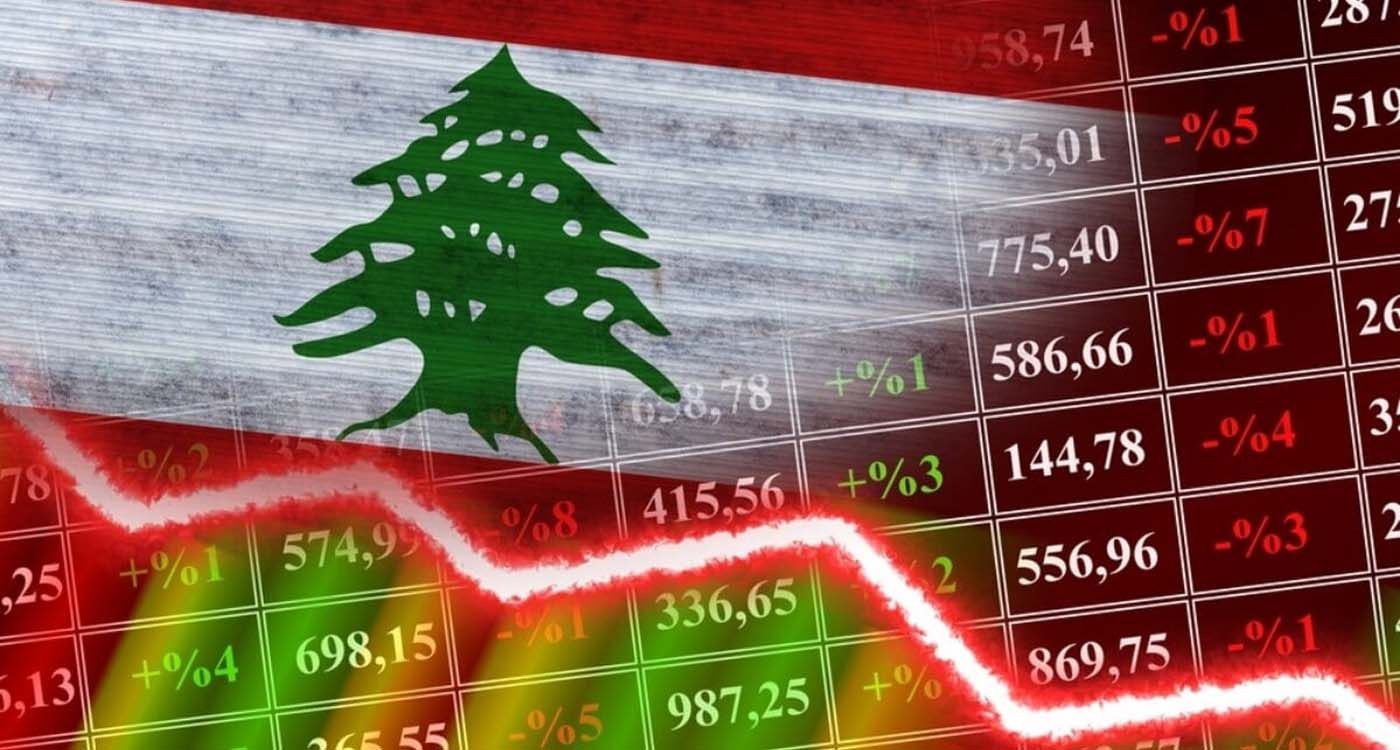
As of June, Lebanon’s Consumer Price Index recorded an annual increase of around 15%, a sharp drop from the staggering 253.55% seen during the same period in 2023. This decline is largely due to the stabilization of the exchange rate following months of severe devaluation of the Lebanese pound (LBP).
Yet, despite this slowdown in inflation, Lebanon remains one of the most expensive countries for its residents. Restaurants remain packed at all hours, a paradox that reflects deep socioeconomic divides. As a popular local saying puts it: “The rich show off, the poor stay hidden.”
Labor Minister Mohamad Haidar admits that the recently revised minimum wage, now set at LBP 28 million, which is around 319 dollars and up from 18 million last July, remains well below what is needed for a dignified standard of living. “It is the best we can do for now,” he concedes.
In response, the Price Index Committee has committed to ongoing work through December, holding regular meetings and cross-sector consultations. The goal: to find sustainable solutions for improving wages and strengthening social protections. Until then, many Lebanese will continue to tighten their belts.
High Inflation Persists Despite Monetary Stability
Lebanon’s Consumer Price Index is calculated based on LBP prices, making exchange rate stability crucial. Yet, despite a stable exchange rate for over two years, inflation remains excessively high.
To understand why prices continue to soar, it is necessary to examine detailed price changes by expenditure category, according to data from the Central Administration of Statistics.
Main Drivers of Price Increases
Food prices surged by 20.79% over the past year, nearly 5 percentage points above the overall inflation rate. This increase is due to several factors: ongoing rises in transport and insurance costs, regional security instability, especially in the Red Sea, declines in local agricultural and industrial production, and increased import needs following the recent Israeli conflict with Lebanon. Furthermore, insufficient official measures have failed to curb unjustified price hikes by some importers and traders.
The housing sector has also seen significant increases, with rents rising 22.45% year-on-year and property prices climbing 30%. This pressure is largely due to massive population displacements after approximately 100,000 homes were damaged or destroyed during the Hezbollah-Israel conflict. June, marked by the start of the summer season and the return of expatriates, saw rents increase by nearly 4%.
In the services sector, healthcare costs rose 21.7%, mainly driven by higher import costs for medicines. The education sector recorded the steepest increase at 30.6%, reflecting rising tuition fees in private schools and universities after years of significant cuts during the crisis.
Some Categories Remain Stable or Even Decline
In contrast, some sectors have seen prices stabilize or fall. Transportation costs increased by just 2%, thanks to lower fuel prices. Telecommunications prices decreased by 3.27%, helping to moderate the overall rise in the consumer price index. This stability reflects steady mobile and internet tariffs throughout the year.
As summer approaches, hotels and restaurants raised their prices by 12.29% in June, following the usual annual trend ahead of the influx of expatriates. Meanwhile, cultural and leisure activities limited their price increases to around 9%.




Comments